Pinyon Pine
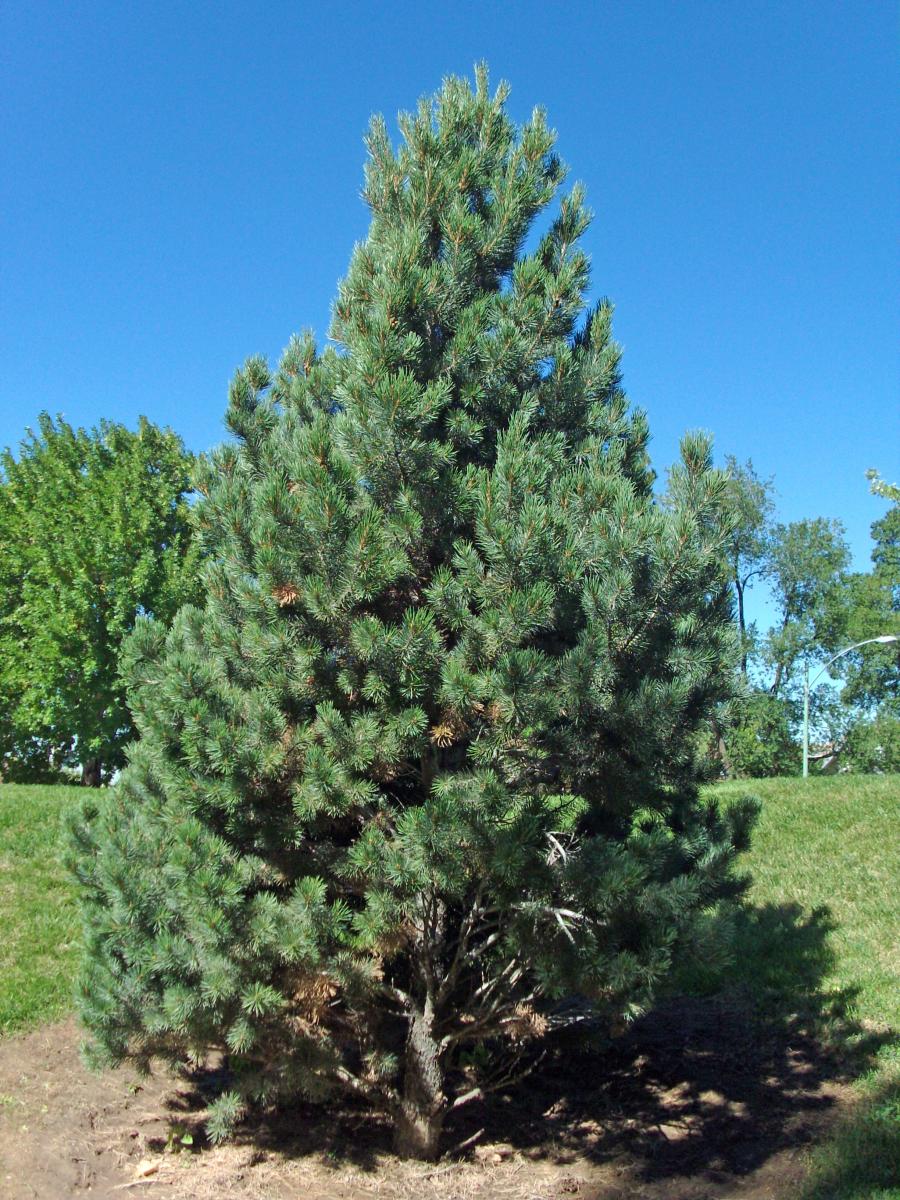
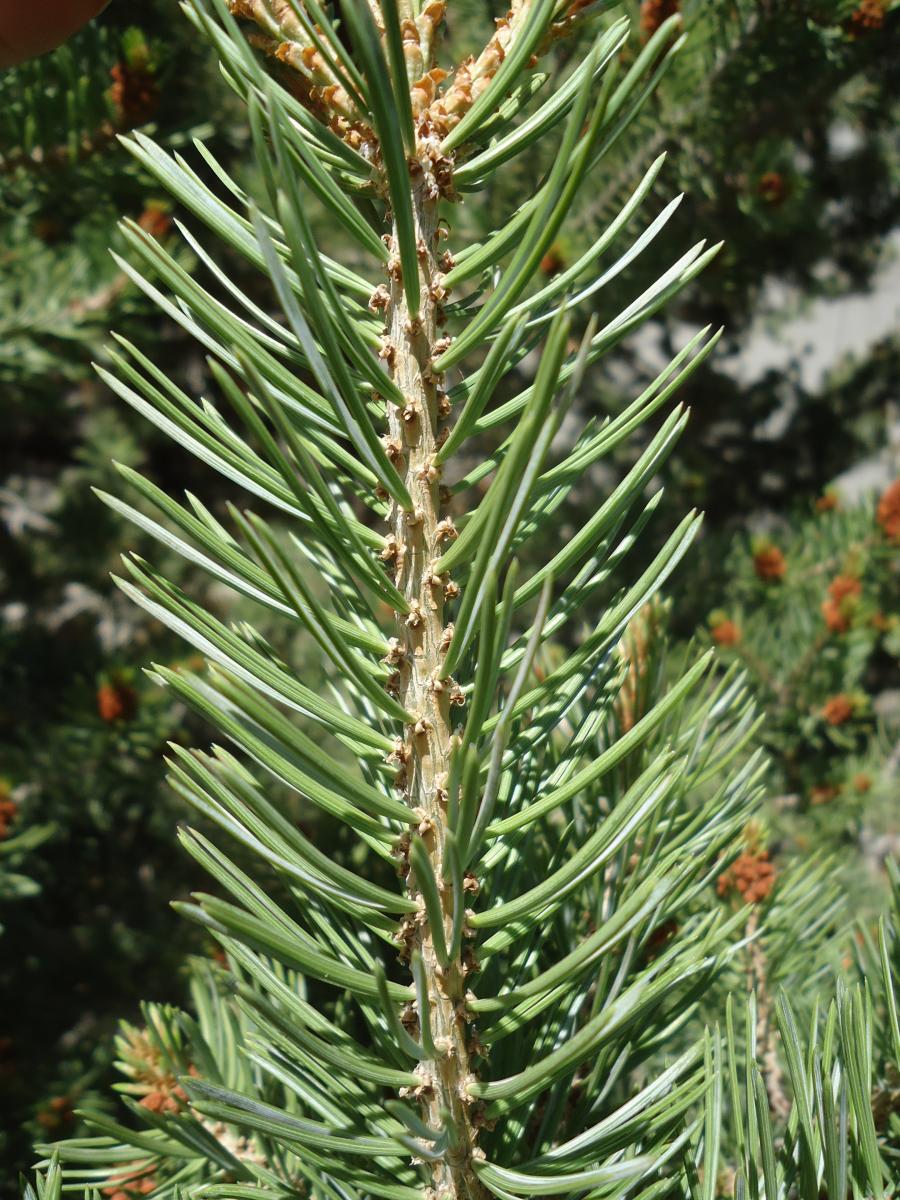
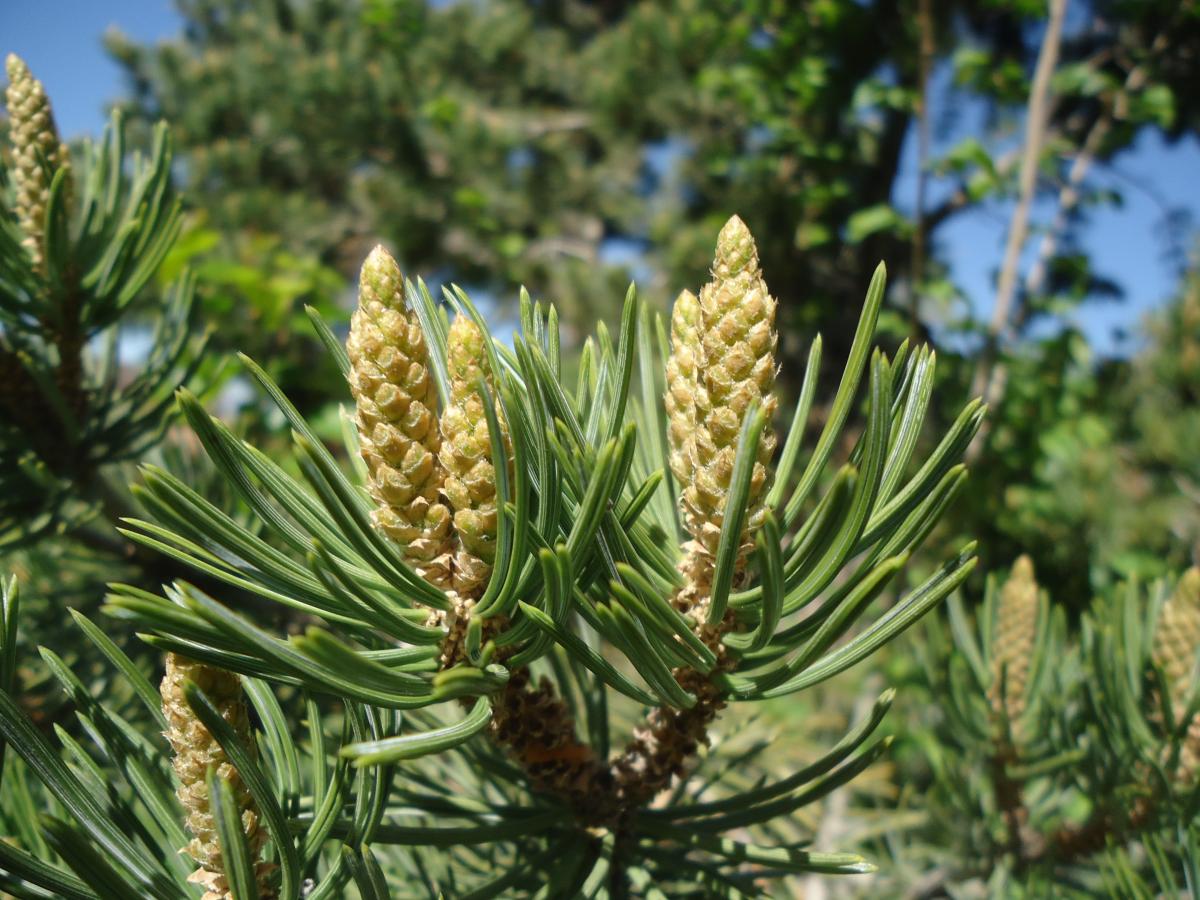
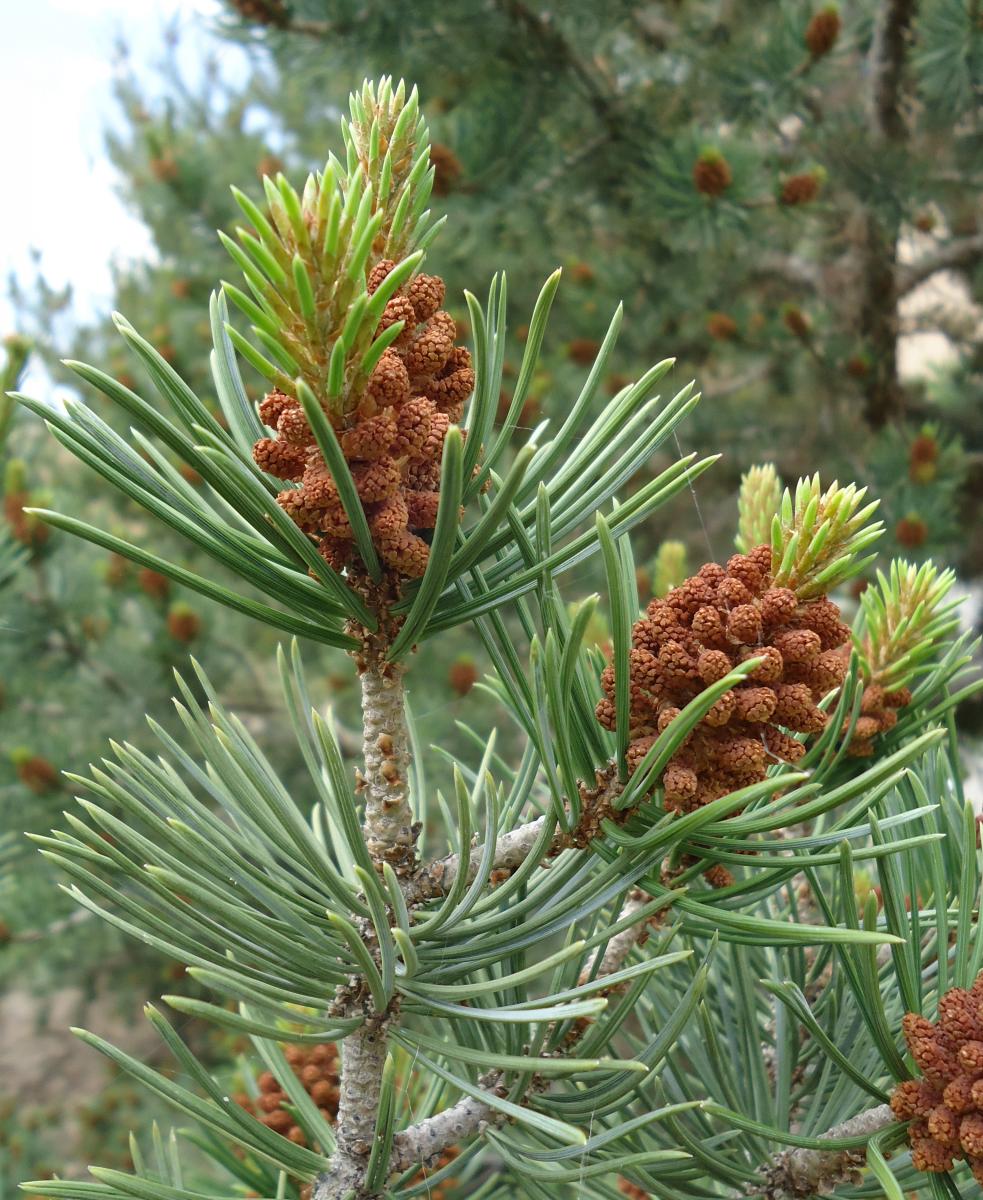
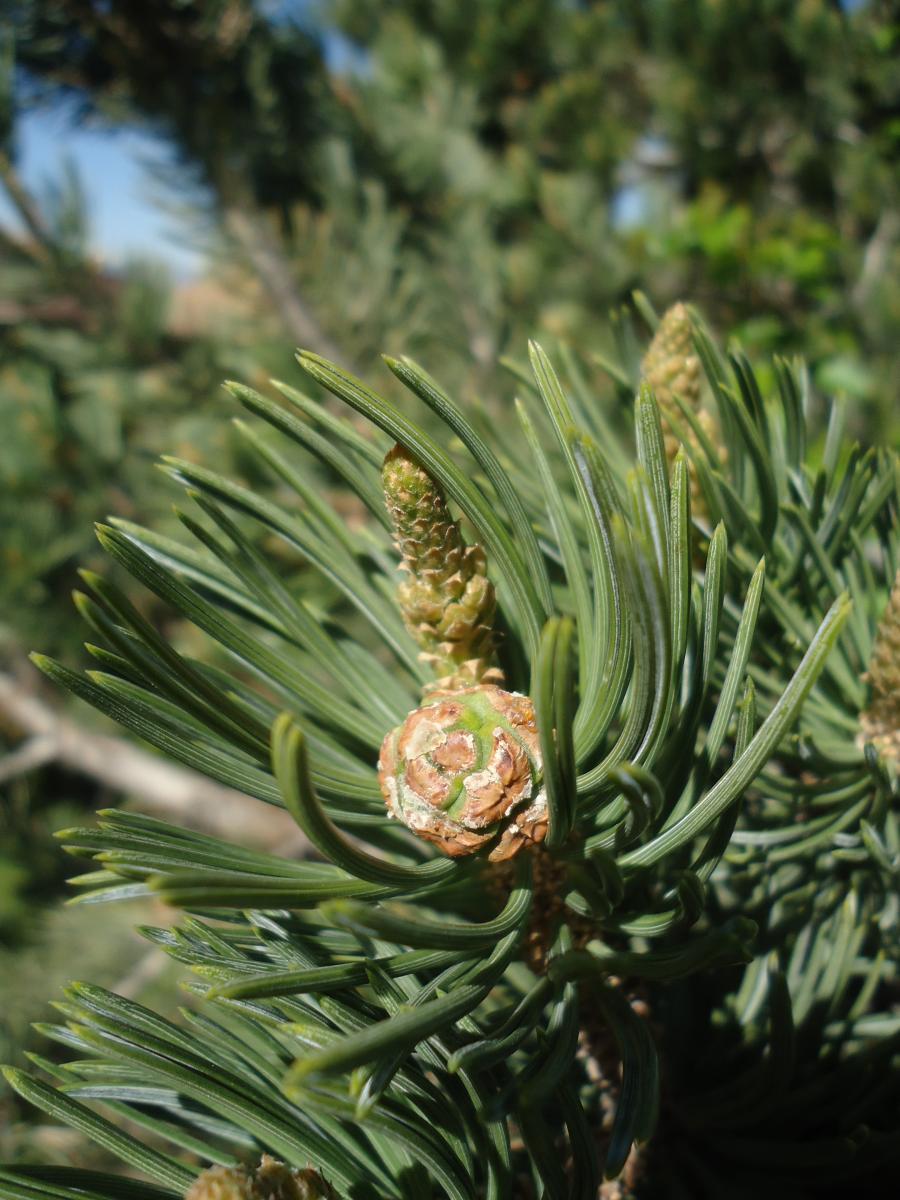
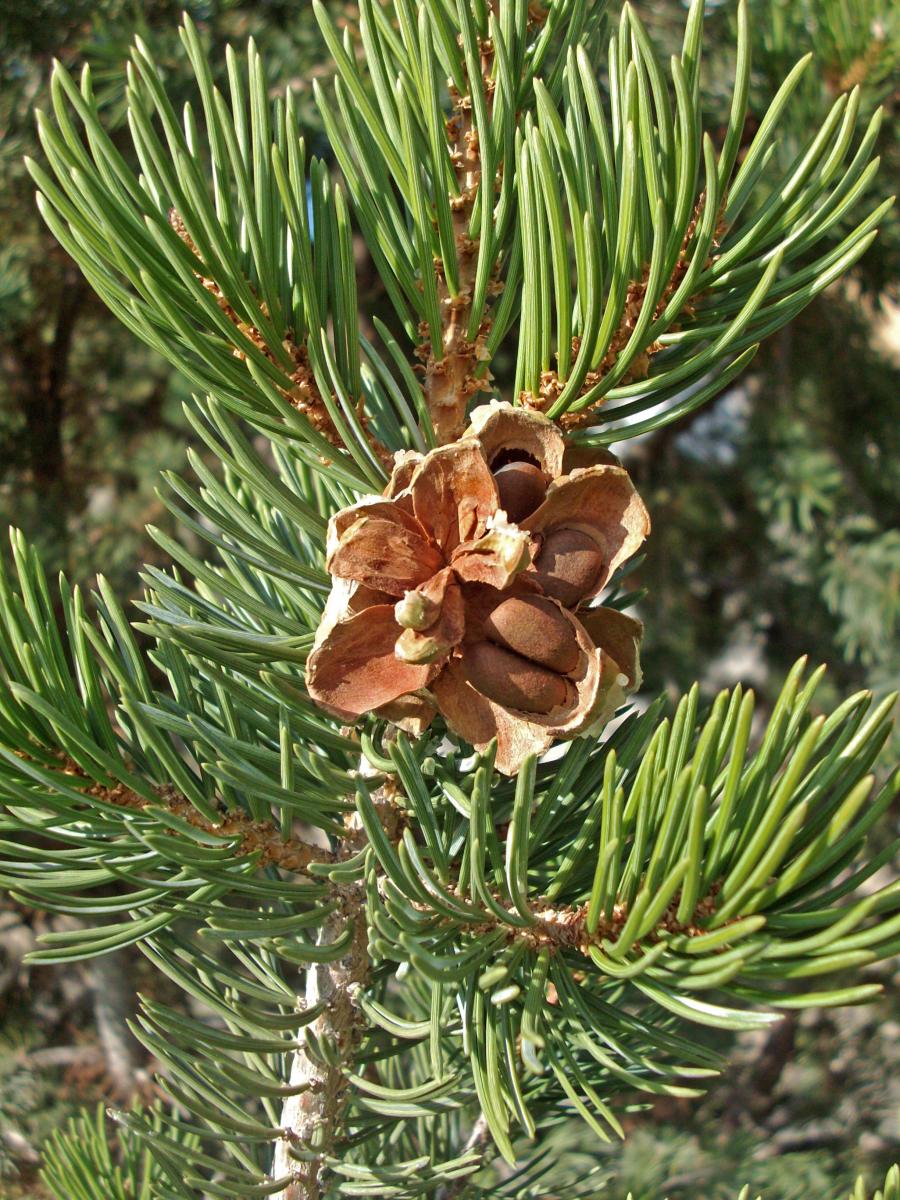
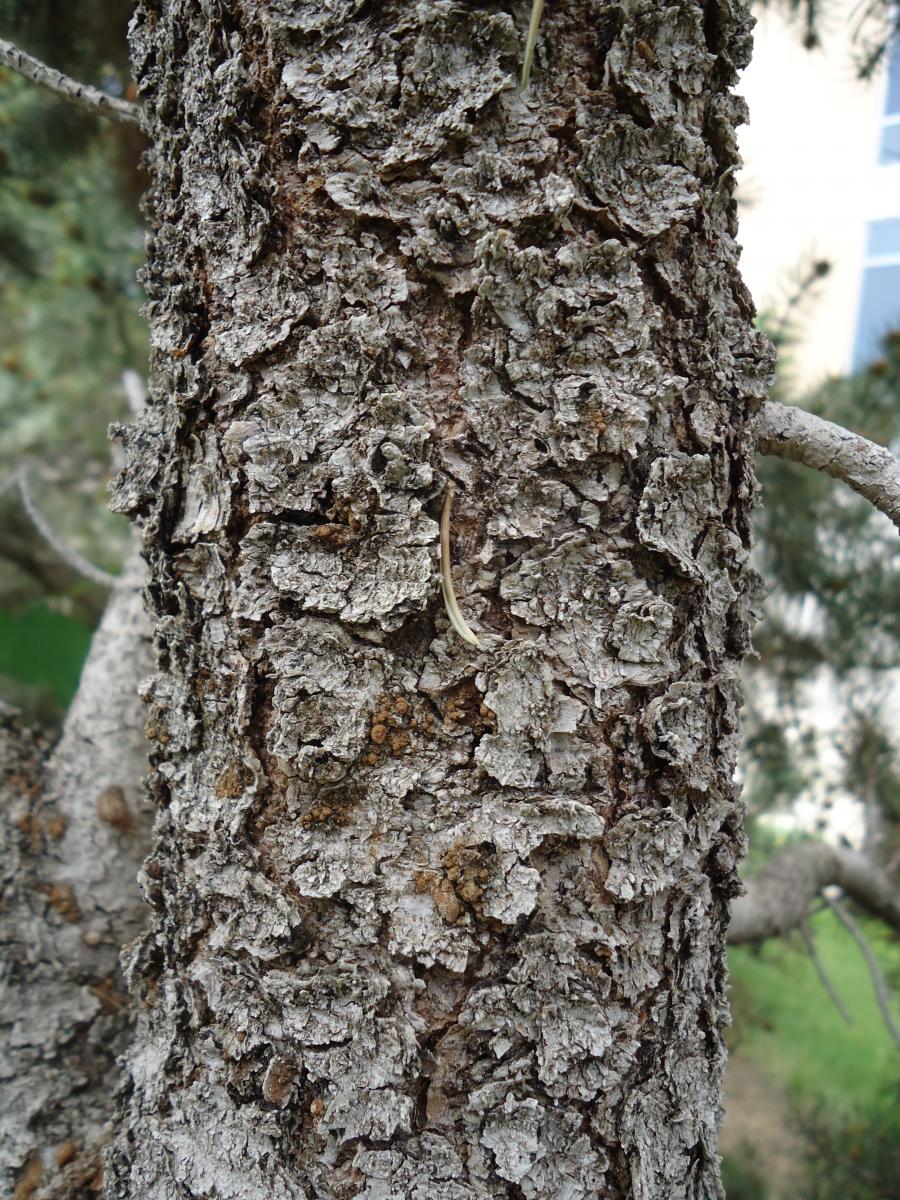
Pinus edulis
Leaves: Evergreen. Needles grow 1 to 2 inches long in groups of 2. Dark grey-green or yellow-green color. Features pleasant smell when needles are crushed.
Bark/Twigs: Fairly thin and ridged bark.
Flowers/Fruit: Inconspicuous flowers in spring. Male flowers red, female yellow. Woody cone with very short or no stalk. 1 to 2½ inches long. Oval to round. Cones are egg-shaped and open widely like a floret. Seeds are edible (pine nuts) and are an important food for certain Southwestern Indians.
Mature size and shape: Medium. 15 to 20 feet high x 15 to 20 feet wide. May rarely reach up to 50 feet. Round shape, somewhat bushy, but picturesque. Branches are low.
General information/special features: Native to Utah. Plant in full sun. Intolerant of shade. Drought tolerant. Performs best in dry soils. Over-watering causes root rot. Adapts to a variety of soil types as long as there is drainage.
Landscape use and maintenance: Good, low-maintenance tree for native plantings or dry areas. Works well as a screen. Can be planted near power lines. Often does poorly in residential sites because of overwatering. Slow growing rate. Low maintenance.
USDA Hardiness Zone: 5 to 8
Family/Origin: Pinaceae – Pine. Native to the semi-arid areas of the Rocky Mountains, Colorado, southern Wyoming, eastern and central Utah, northern Arizona, New Mexico, and the Guadalupe Mountains in westernmost Texas. Pinyon occurs most commonly at mid-elevations between 4,500 feet to 7,500 feet.
Campus Use: Somewhat uncommon. Can be found in the lawn west of Stewart (Bld 6) or south of Performing Arts (Bld 17).
